The archaeological remains of a steam pumping station have been discovered at Dreumel near the Boezemweg. This archaeological heritage has been carefully excavated by EARTH. The remains are especially unique, as excavating a pumping station like this one, has only been carried out once before. With the combination of historical-geographic, geophysical and archaeological research, new insights have been obtained about the construction, renovation and use of the steam pumping station. Even detailed information about interior and tableware have been acquired. The entire excavation has also been recorded in 3D imagery.
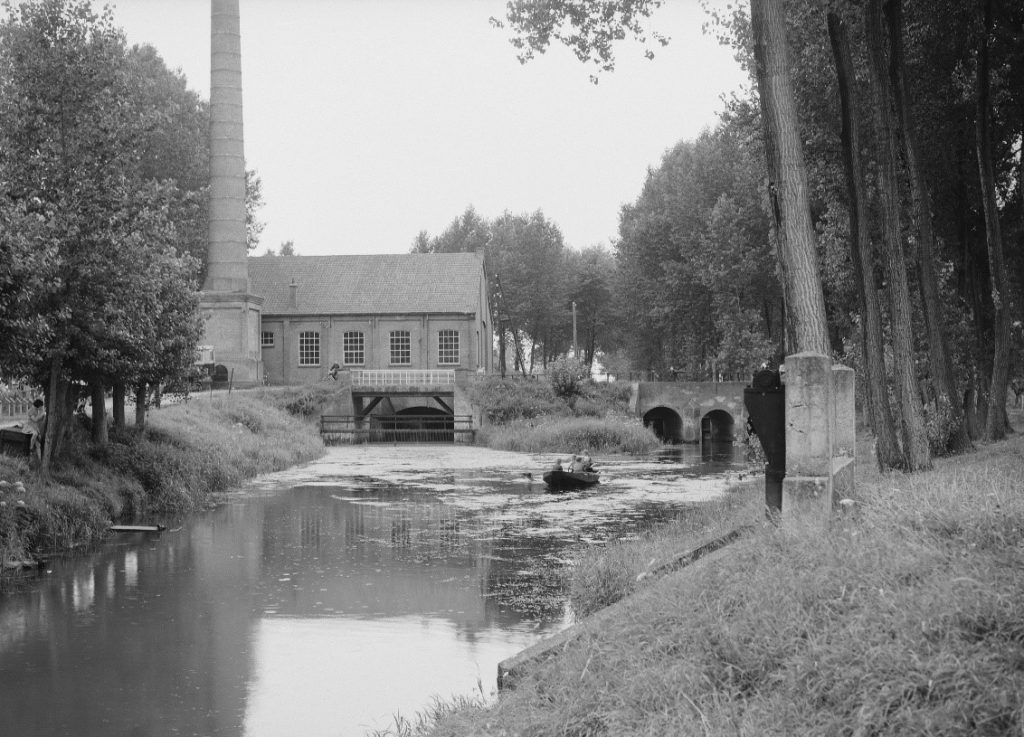
Discovery during the preparation of the cable connection
In 2019, Van Gelder Kabel-, Leiding- en Montagewerken (Cables, Pipes and Installation) laid a cable connection (150kV) between Zaltbommel and Wamel. During preparation for the project it was anticipated that archaeological remains would be found within the area. For this reason, Van Gelder hired EARTH Integrated Archaeology to carry out innovative research at this location. According to the project manager Timo Vanderhoeven (EARTH), who said at the time that this research “is unique, because of both the nature of the archaeological remains and the use of innovative techniques”.
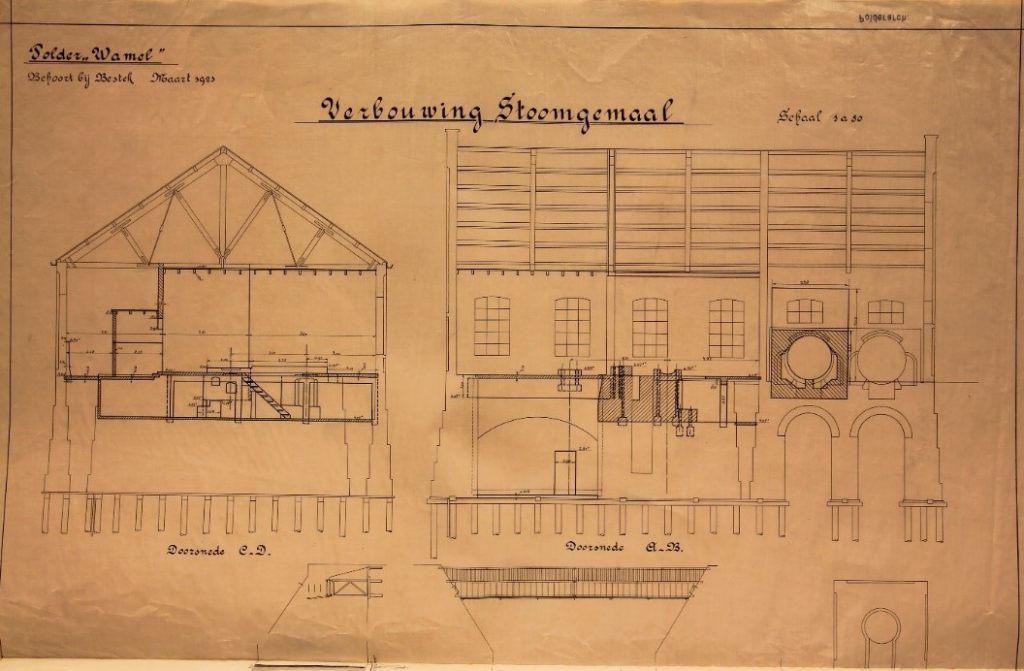
Innovative research
A steam pumping station once stood near the Boezemweg at Dreumel. The pumping station was built in 1880 and demolished in 1952. The exact location and size of the steam pumping station were not known prior to the start of the project. To prevent any delays during the installation of the cable connection, EARTH carried out historical-geographic and geophysical research. By consulting historical water authority archives, old blueprints were found from the renovation in 1923. By referring to these old building plans and construction files, a great deal of information concerning the size and foundation of the entire construction was acquired. Subsequently, by performing an electrical resistance survey the exact location of the steam pumping station was established. The preliminary research concluded the presence of a brick foundation of several metres thick with 571 ground piles of about 8 metres length beneath this. All this was present at the location of the planned cable connection.
Insights provided by the excavation
Both EARTH and Van Gelder searched for solutions to keep the archaeological remains beneath the soil. Unfortunately, this was not possible. It was therefore decided to secure the archaeological remains by means of excavation.
The Netherlands was once rich with circa 240 steam pumping stations. Today, just 9 stations remain. Only once before has a steam pumping station been archaeologically researched in the Netherlands, making the recorded remains absolutely unique.
Excavation captured in 3D
Although the research has already been carried out and the dig site is now closed, any interested person can visit the archaeological excavation, as it has been fully documented in 3D. This model can be found at:
sketchfab.com/3d-models/stoomgemaal-dreumel-hr-bdd1681f65d24665bf932853428efd97
For more information/imagery:
Timo Vanderhoeven (Project Manager EARTH Integrated Archaeology):
t.vanderhoeven@earth-now.com Tel. + 31 (0) 628266175



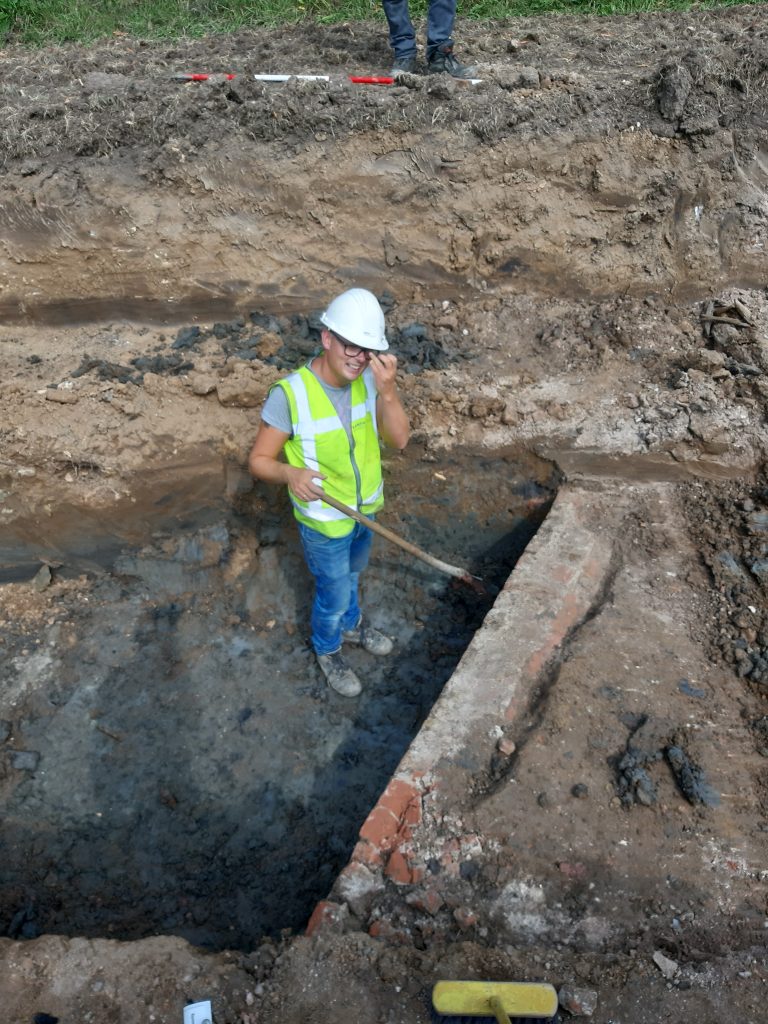
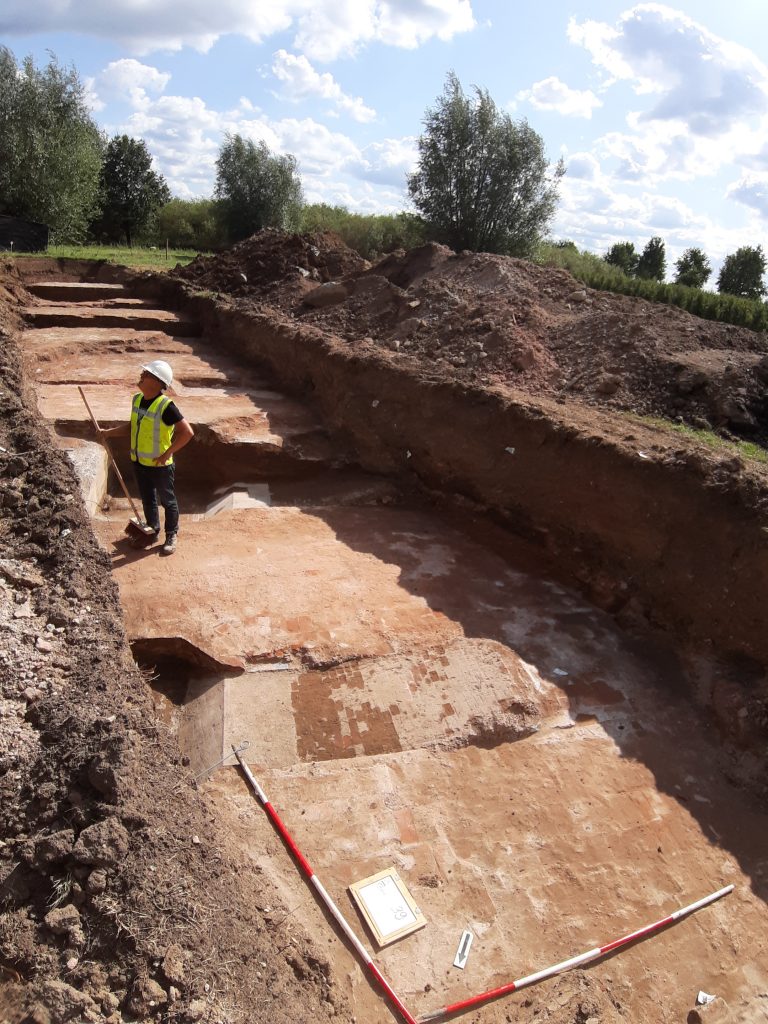
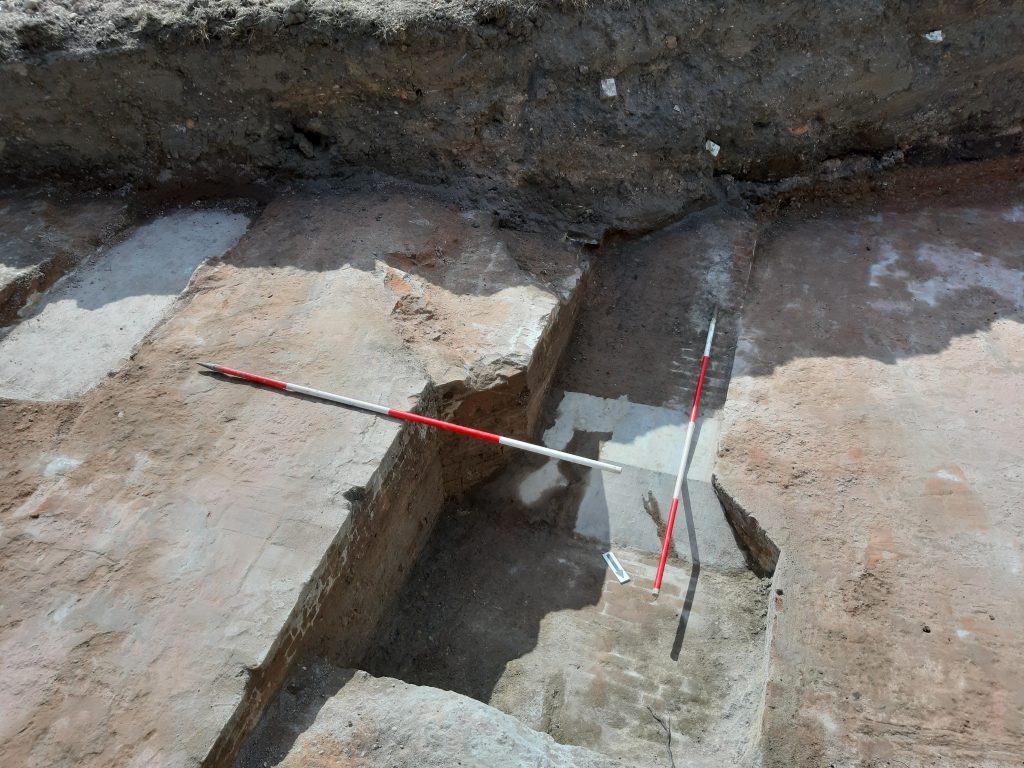
 Geo-archaeological assessment: flooded village in the Markermeer
Geo-archaeological assessment: flooded village in the Markermeer